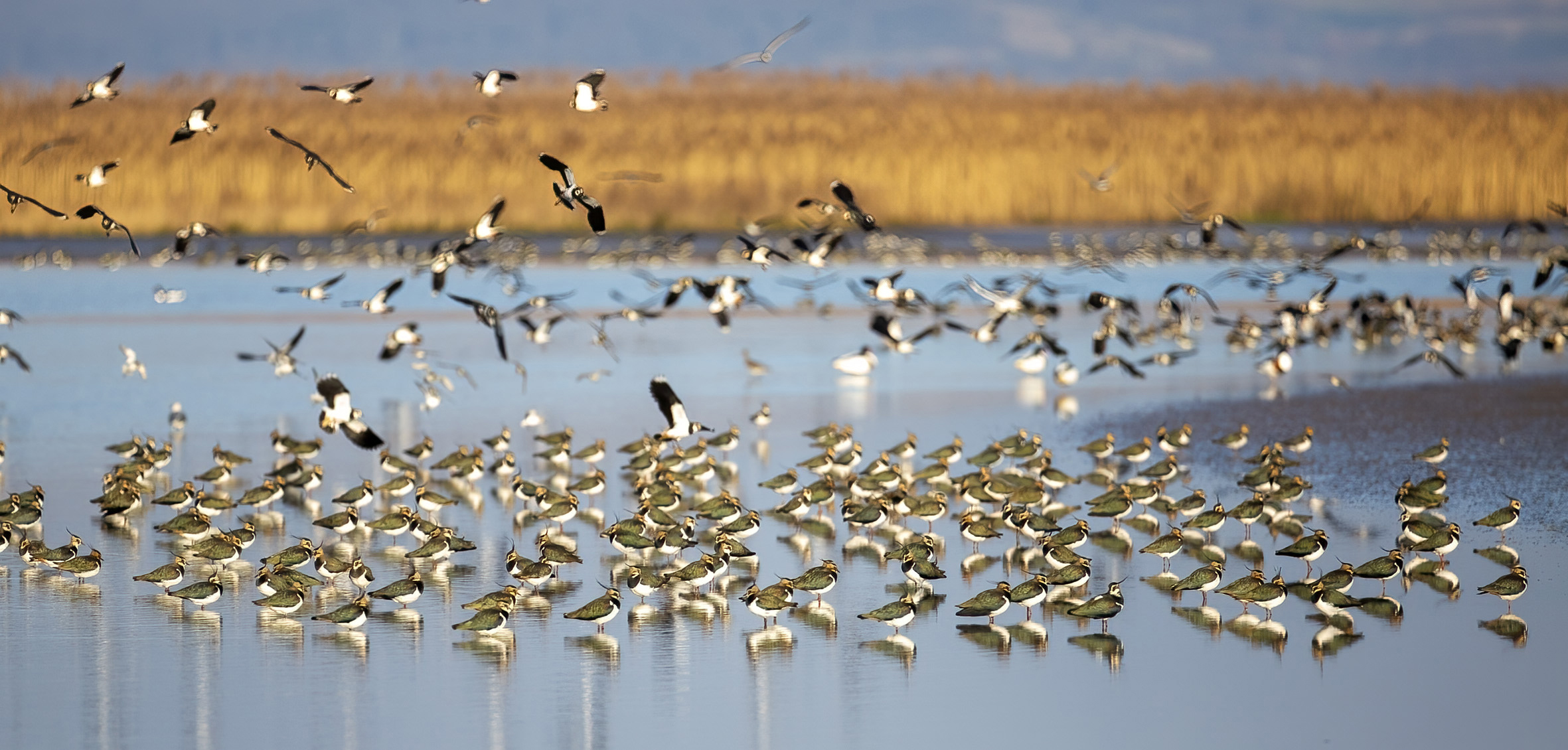Alkborough Flats – North Lincolnshire
A spokesperson from the Environment Agency described the work of the Alkborough Flats partnership.
What is Alkborough Flats?
Alkborough Flats is a stunning landscape-scale wildlife asset on the South Bank of the Humber estuary, at the confluence of the Trent and Ouse. It plays a key role helping to increase resilience to climate change to thousands of people and nationally important infrastructure.
Alkborough was truly ahead of its time when it was conceived, looking to deliver multiple benefits, helping improve the area’s resilience to sea level rise, reducing flood risk, while delivering wonderful habitat and an asset for the local community.
How did you achieve this success?
The Alkborough Flats partnership comprises the organisations who created, own and manage the Alkborough Flats site: Associated British Ports, Environment Agency, Natural England, and North Lincolnshire Council.
Alkborough Flats was created in 2006 through a managed realignment project, which allowed tidal water to flood a large part of the site, resulting in the development of species-rich habitat of reedbed, saltmarsh and wet grassland. It was conceived as part of a wider plan for managing tidal flood risk around the Humber estuary, to store water during extreme floods and enhance biodiversity. Thus, protecting the integrity of the internationally important Humber estuary nature conversation area.
The project was delivered using central government flood defence Grant in Aid, European funding, and other HM Treasury funds focussed on growth and regeneration.
Projects like this require long term commitment and collaboration from both organisations and individuals. Communication with local communities affected by the project is essential to be able to develop and deliver plans and ensure a sustainable future.
What are the benefits of your work for people?
Alkborough provides a beautiful place for walking, bird watching, education, and quiet contemplation. A group of volunteers gather regularly to help look after the site under North Lincolnshire Council guidance. Farming continues on the site, and a local tea room business has been established to cater to visitors. The project helped meets legal demands, enabling strategically important economic development.
How does biodiversity benefit?
The range of wildlife is immense. 50 different species of bird have been recorded using the site, including bittern, avocet, lapwing, golden plover and marsh harrier. The site also acts as a fish nursery area. The site complements the wider nature network, including the nearby RSBP Blacktoft Sands reserve.
Traditional flood defences may affect valuable intertidal habitat and the bird populations that rely on them. Projects like Alkborough Flats can help reduce the devastation caused by flooding, while improving the resilience of our natural environment and providing fantastic assets for local communities.
How has this work improved climate resilience and mitigation?
The large flood storage area has helped to save money on flood defence improvements elsewhere. During extreme floods like the tidal surge in 2013, it likely plays a role in minimising the consequences of flooding to communities in the upper part of the Humber estuary, including Goole.
Quality wetland habitat also plays a key role in sequestering carbon, making habitat creation a valuable feature of plans to achieve net zero carbon.
What is Humber 2100+?
The Environment Agency, 12 local authorities and others are working together to develop Humber 2100+, a new long term strategy for managing tidal flood risk to support sustainable development of the region. Learning from Alkborough, this work will embed the long term needs of the natural environment into these future plans for managing tidal risk and enhance the ecological systems’ ability to respond to pressures such as climate change. It is likely to result in small and large scale projects which enable multiple benefits for and with communities.
Photo credits: © Graham Catley.






